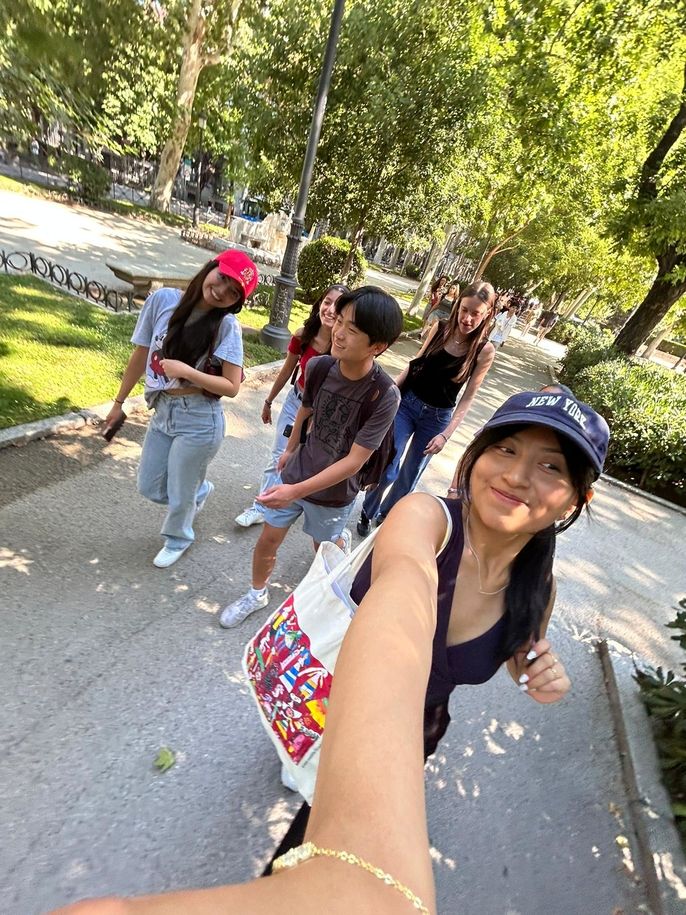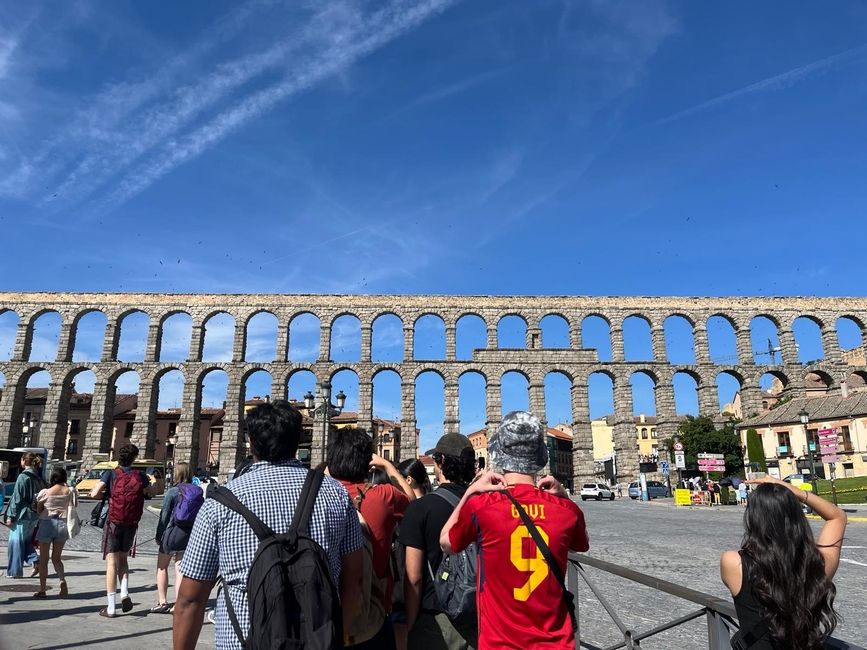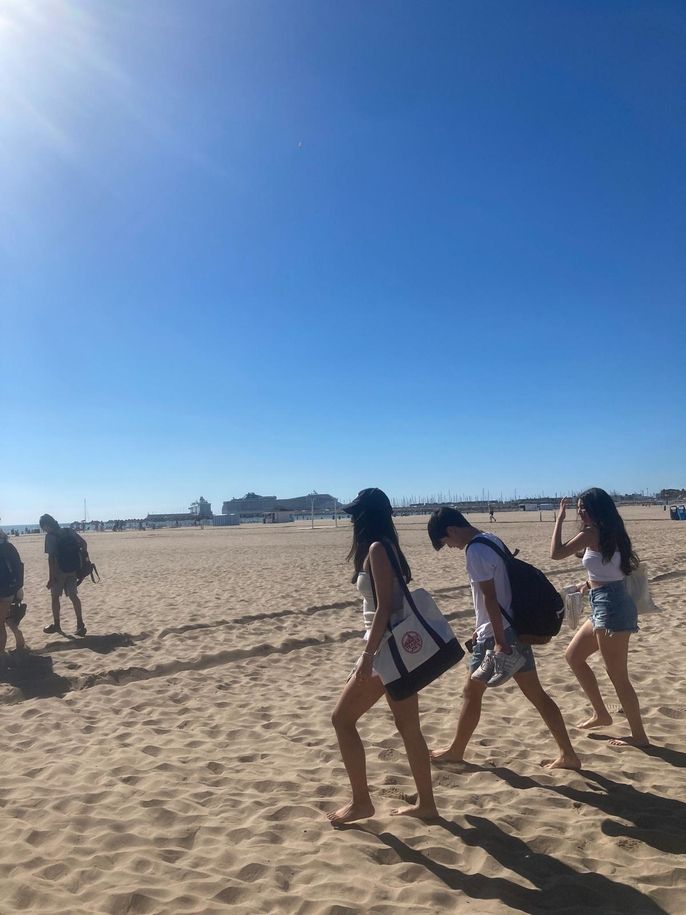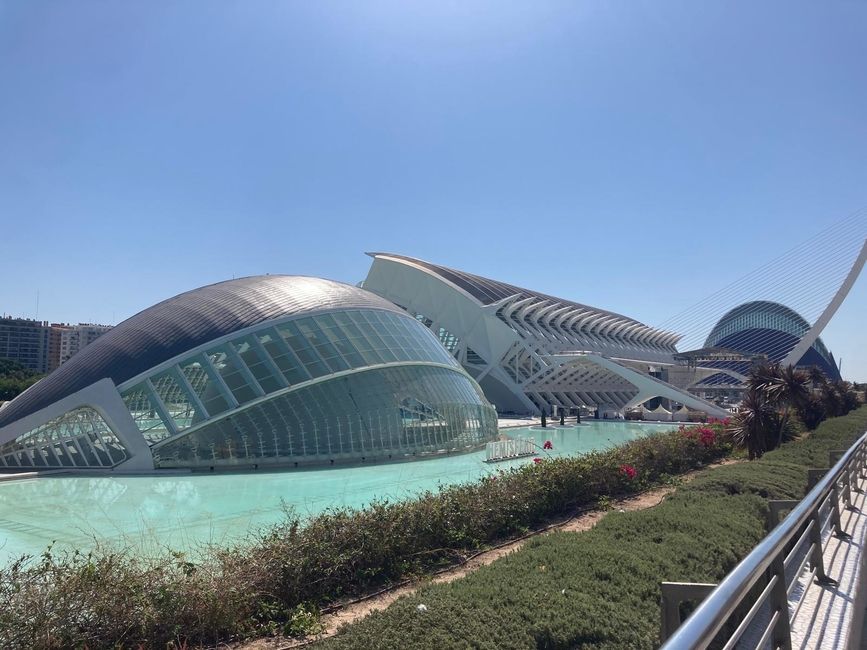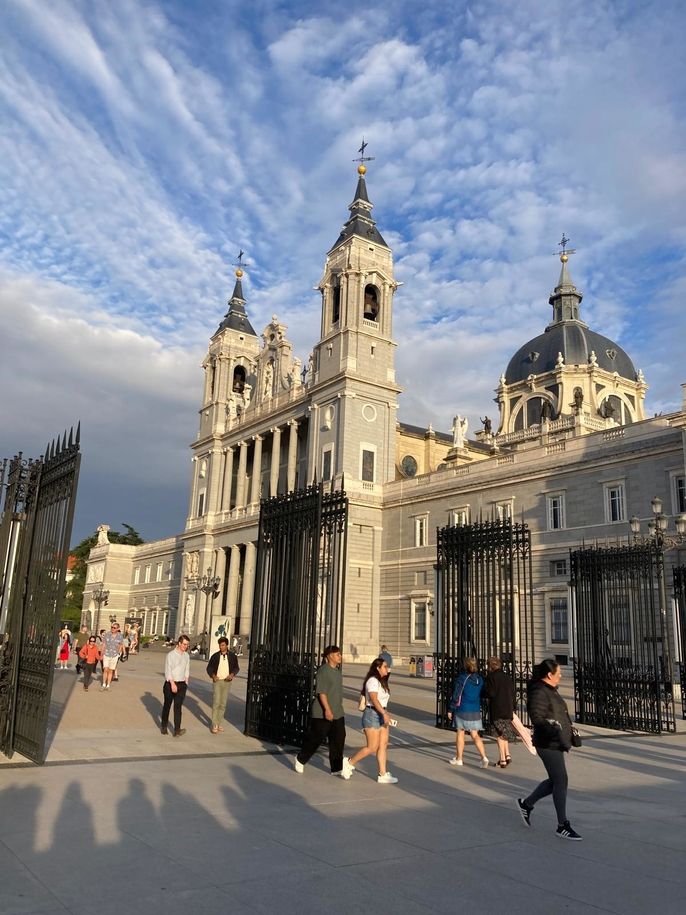Four Fast Weeks: Farewell
The first and the last week are always the hardest.
The first week everyone’s adapting. Us Program Leaders are landing as well as making sure our global navigators have all the information they need to start their summer abroad. Plus making sure that they’re doing okay physically and emotionally.
Week 1 is a frenzy of SIM cards, host families, WhatsApp groups, explaining class requirements (from mission ñ or community conversations to reflection journals to class projects). It is also a new city, a new metro system, new faces, and a new way of doing things: we work in tight-knit small groups, with a lot of support, a lot of activities, and also a lot of free time. It is excitement, nervousness, fears, anticipation, insecurities, and opportunity for growth.
As a returning PL, I found myself waiting for that moment when my group would start to click, when I would really be able to see how the dynamic would unfold. Week 2 was easier because we knew each other, and things were starting to fall into place. We had some museum visits and some activities including cooking class. However, it was Friday afternoon, two weeks in, when we all went to a local swimming pool when I could see students really relax and start to engage more with each other, outside of their initial friend cliques.
From past years I have compiled advice from previous students for future global navigators, and at the beginning of week 3 I reminded students: the last week flies by, whatever you have left to do, try to do it this week. Week 3, as a PL, I really loved going to the Reina Sofía museum. We paused to look at three paintings: Pablo Picasso’s "Gernika" (1937), Salvador Dalí’s “Young Woman at a Window” (1925), and Angeles Santos’ “A World” (1929). I asked them first to focus on one element of the painting and explain what they thought they meant and what they felt; I then asked them to focus on a figure of the painting and what the symbolism was behind it; and lastly, I asked them what their attention was drawn to. They all had really insightful things to say, and I appreciated observing these paintings through their gaze.
I will say that, although I enjoyed the Reina Sofía, the cajón and sevillanas workshops were probably the highlights of the week. When we went to dance, even though many in my group weren’t dancers per se, we laughed a lot, learned a lot, and it was the first day that I truly felt my group to be what in Spain we call una piña, a “pineapple,” which is when we refer to a group that has become very close among each other.
Parents: we really pack in a lot into four short weeks! Students: I hope you can look back and be proud of all you’ve learned and all you’ve done.
The good vibes made the trip to Valencia feel really smooth—and week 4 started with mixed feelings. Students missing families and friends back home and wanting to get back home, while also enjoying Madrid, a new, second home. This last fourth week has indeed been a blur and I, for one, am going to miss this particular group of teenagers. I have no doubt that they have bright futures ahead. ¡Buen viaje!
Related Posts
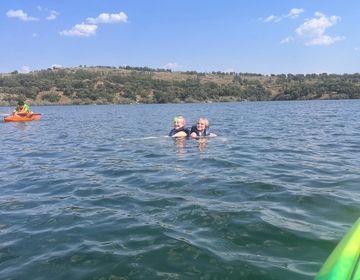
Segovia - Where History Meets Adventure
Read on to find out about castles, kayaks, and culture!
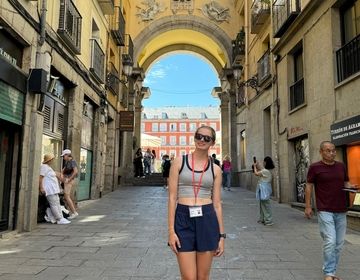
Bringing Madrid Home: How to Infuse Your Wardrobe with Summery Spanish Flair
This week Global Navigator Kate Hutchinson is going to teach us about her experience with fashion in Madrid!! Here is what Kate has learned this month: From colorful patterns to... keep reading
¡Vamos a la Playa! A Weekend Getaway in Valencia
In true Spanish fashion, we escaped to the Mediterranean city, Valencia. At around 12:30 pm after class, we set off to the east of Spain! The students were so excited... keep reading
